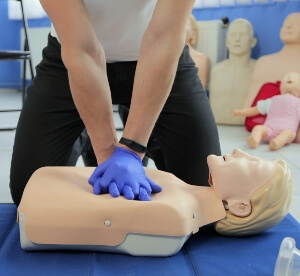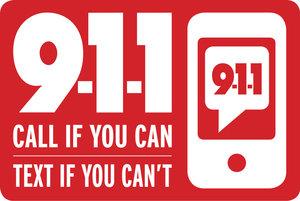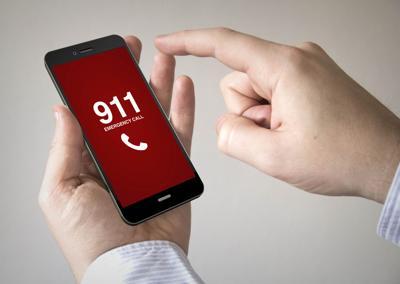Mon - Fri: 9 am - 5 pm
Online store always open
Mon - Fri: 9 am - 5 pm
Online store always open
GET CERTIFIED @ ONE OF OUR CONVENIENT TRAINING SITES!
[PITTSBURGH-LAWRENCEVILLE & CRANBERRY TOWNSHIP LOCATIONS]
NEED AN ONSITE CLASS AT YOUR LOCATION? CLICK HERE.

Western Pennsylvania and Pittsburgh Leader in CPR Classes | Master Zoll AED Distributor


Did you know that the phone number “9-1-1” was first announced in 1968 as the “emergency code” throughout the United States?
By 1987, 50% of the US population had access to this emergency phone number.
To date, roughly 96% of the US population is covered by 9-1-1.
The purpose of National 9-1-1 Education Month is to spread awareness of the importance of calling 9-1-1 and to teach our population, children and adults included, about how to properly utilize this emergency system.
What types of questions might a 9-1-1 dispatcher ask you?
Remember, if there is a true emergency at hand, don’t be afraid to call 9-1-1, and you should call, as quickly as possible. Calling 9-1-1 in a timely manner can help save someone’s life.
And if there are any kids reading this post, please remember to never call 9-1-1 as a joke, because you could be taking up the dispatcher’s precious time when instead, they could be answering a life-saving call.